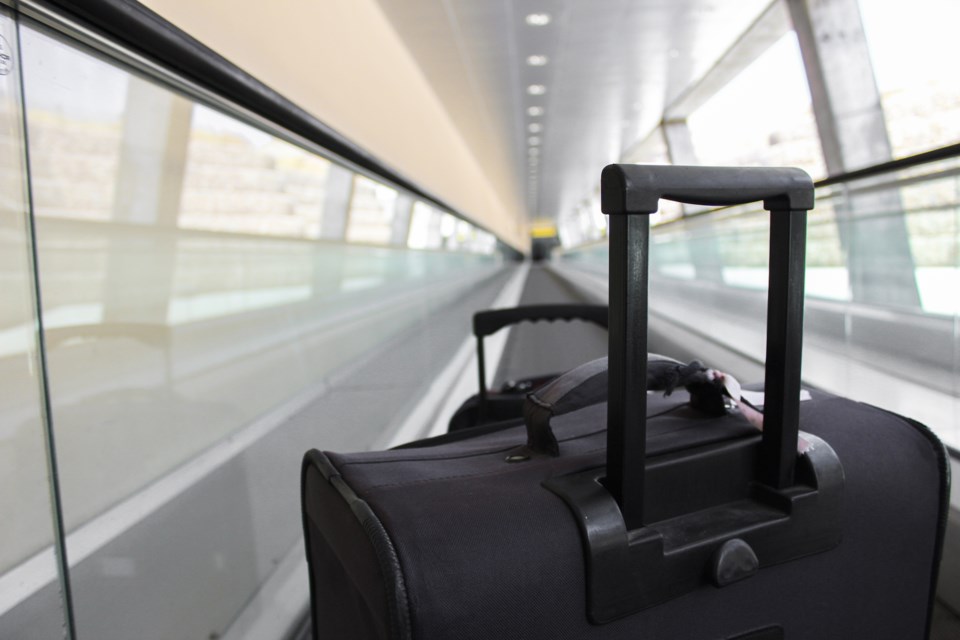This article, written by Sean Spence, University of Portsmouth, originally appeared on The Conversation and has been republished here with permission:
Barely a month into the year 2020 and it seems like the world is becoming a more dangerous place than ever before.
Recent emergencies like the uncontrollable Australian wildfires, increased Middle East tensions between the United States and Iran and the current coronavirus outbreak can make travelling for the average person a nerve-racking and potentially dangerous experience.
Yet with the proliferation of globalization and trade agreements between countries, businesses commonly have to send employees to international destinations to facilitate commercial enterprise and seek new ventures. Whether it’s to visit a foreign manufacturing facility or meet a new customer abroad, global travel for business is at an all-time high. Currently business-related travel accounts for approximately 14 per cent of all international travel.
Some of the countries visited by business travellers are at high risk from a security and safety perspective. That means it’s important for organizations to have proper contingency plans in place in case employees become exposed to hazards and threats within a foreign country and require support from their employer to return home safely.
Hazards and threats
The emergency management field defines three categories of hazards that pose threats to people. Natural hazards encompass unavoidable acts of nature like earthquakes, floods and wildfires. Technological hazards are accidents or the failure of infrastructure systems that can result in events like train derailments, nuclear radiation release or power outages. Human-caused threats are intentional acts such as military actions, terrorism and civil unrest.
All of these hazards and threats can cause harm or disruptions for travelling employees who may not have the resources at hand or the knowledge on how to effectively respond to such situations.
A traveller who has not been properly briefed on local risks, for example, might be more vulnerable to being kidnapped by staying in an unvetted hotel or hailing a taxi in the wrong part of town. A major airline disruption may leave a traveller stranded with no immediate means of leaving the foreign country, and therefore exposed to further risks.
In either scenario, the employee’s organization should have some concrete contingency plans, as well as a crisis management framework, to deal with these growing risks of international travel.
Duty of care
It has been well-established in common law that employers owe a duty of care to their employees in terms of ensuring their safety and security while engaged in business-related activities. This duty of care requirement extends across international borders when employees are required to travel as part of their job.
One precedent-setting duty-of-care case occurred in Australia, when an employee travelled to Papua New Guinea to visit a client and was assaulted by a thief during the business trip. An Australian court ruled that the employer was negligent in its duty of care by failing to provide the necessary security-awareness training to the employee on local crime conditions and how to mitigate such risks accordingly.
Organizations can reduce their liability exposure and increase their duty-of-care requirements by implementing a robust travel security program with proper approval controls and constant monitoring of international conditions in place.
Some of the best practices of a corporate travel security program include:
1) A travel security program endorsed by executive management;
2) The creation of a designated job function responsible for travel security;
3) The development, communication and regular updates of the travel security policy; and
4) The implementation of a travel management program to track employees and monitor global situations in real time.
There are companies now offering services that can track the movements of employees in high-risk areas as well as provide apps on smart phones by which an employee can signal if they are in distress and in need of immediate assistance.
Death of natural causes while abroad
In some cases, an employee may die while overseas of natural causes.
Again, organizations should have plans in place to repatriate the body and provide support to the employee’s family. Depending on the jurisdiction in which the person has died, as well as their own religious burial requirements, this can prove to be a logistical nightmare for the organization if proper contingency arrangements have not been implemented in advance.
With increasing climate change and unstable geopolitical environments, it’s clear that employees travelling for work are being exposed to more risks than ever. Canada’s Global Affairs department issues international travel advisories that should serve as a baseline benchmark for Canadian employers sending employees overseas.
The realities of today’s operating environment require any business’s security risk management procedures to protect its employees via a robust travel security program.![]()
Sean Spence, Doctorate Student - Security Risk Management, University of Portsmouth
This article is republished from The Conversation under a Creative Commons license. Read the original article.



